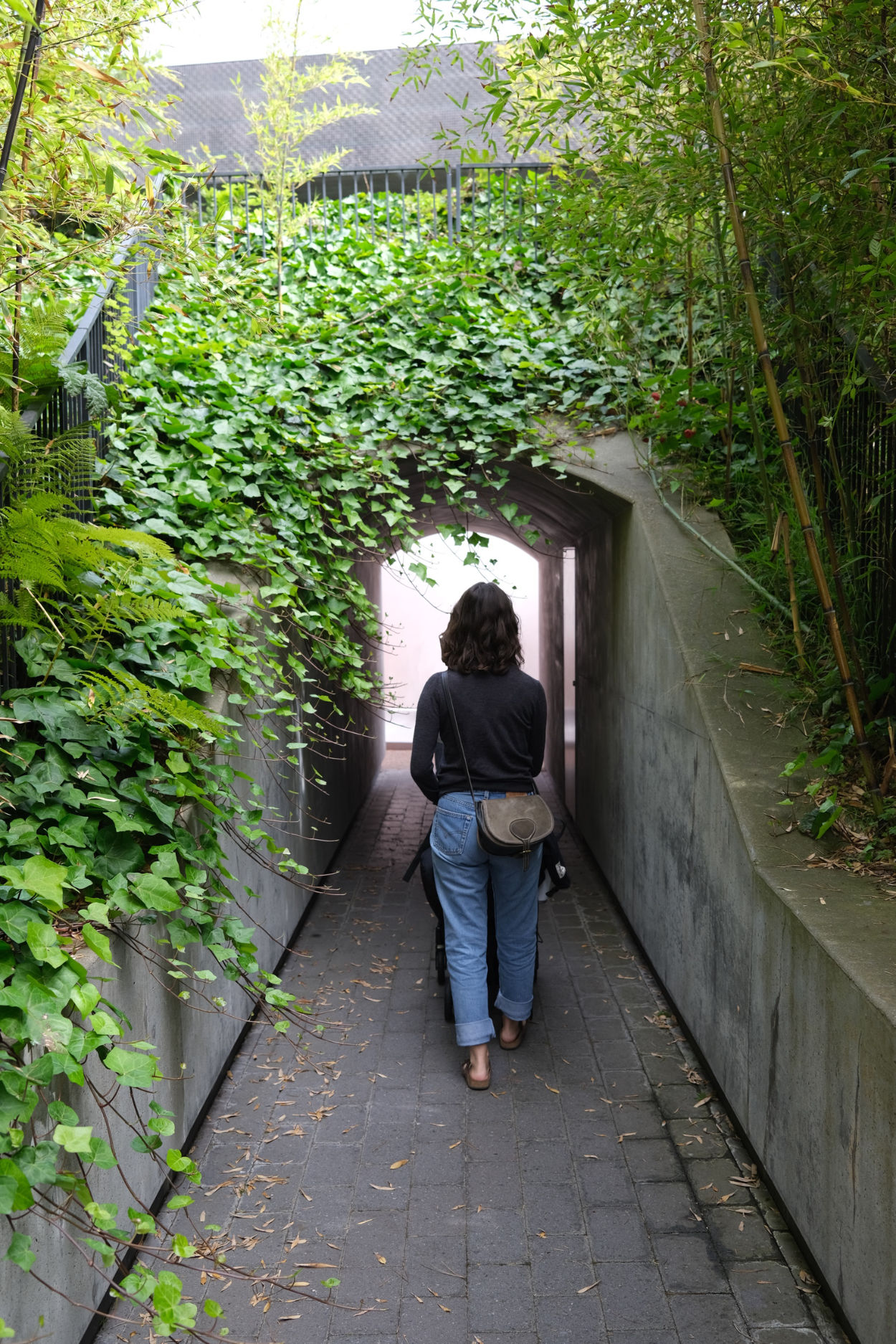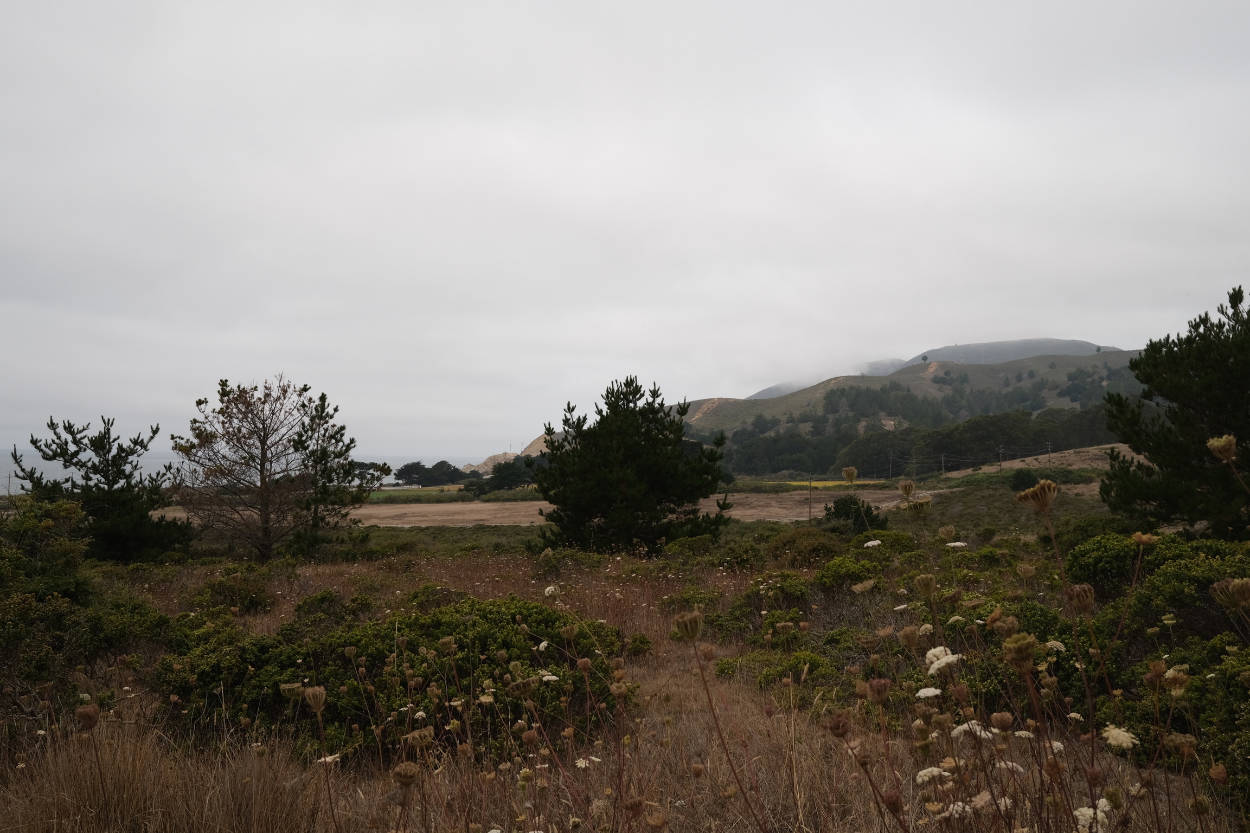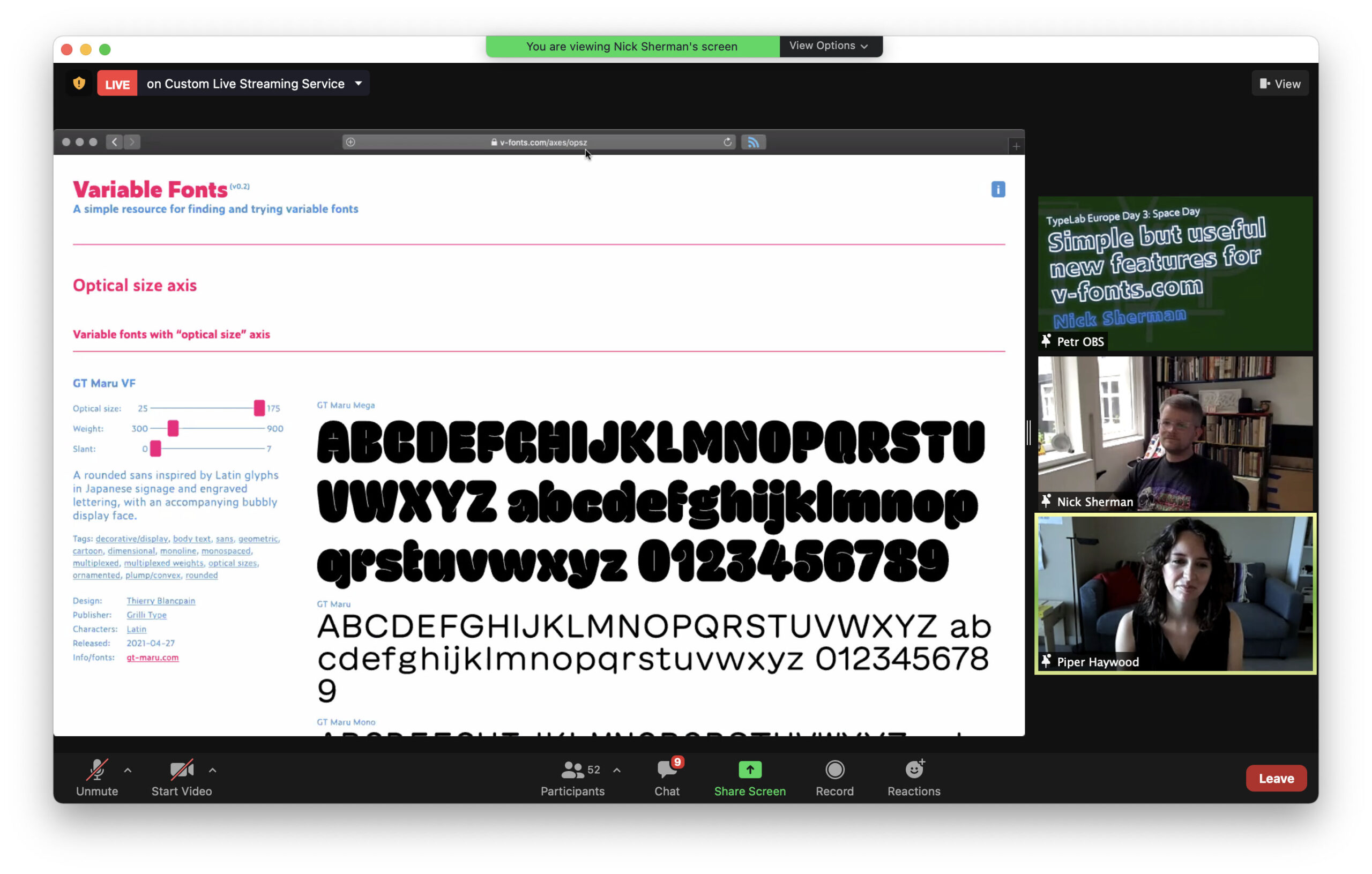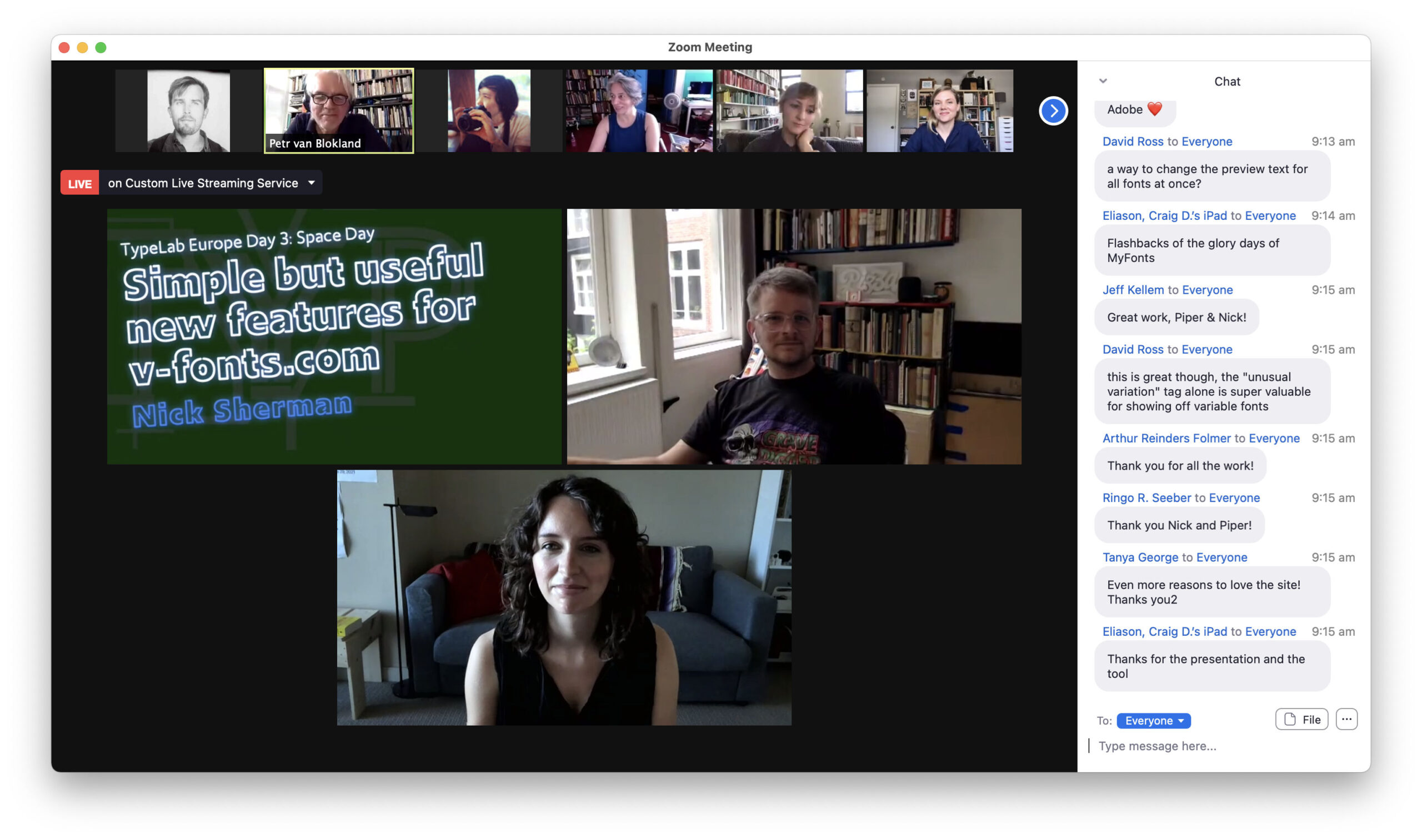Published
Against cynicism
I’ve had a post languishing for years in my drafts folder, return to it every once in a while but never feel like it’s quite right. For one thing it feels way too long. It’s about cynicism, about how I feel like it’s one of the most toxic, pervasive things both on a very personal level and also when you look at society as a whole. When I re-read it, it feels too preachy, or starry-eyed, or whatever.
Anyway, Nick Cave replied to a fan back in April this year about this very topic. He said it all way, way better than I ever could.
Read Issue #190 of The Red Hand Files
A quote from his letter:
Unlike cynicism, hopefulness is hard-earned, makes demands upon us, and can often feel like the most indefensible and lonely place on Earth. Hopefulness is not a neutral position either. It is adversarial. It is the warrior emotion that can lay waste to cynicism.
Accompanying his letter is a photo of an artwork by Philip Guston. Guston was a self-taught Canadian American representational painter. He often explored dark themes in his work, including himself and his own mental health issues, using primarily a limited monochrome and pinky-red palette in his later work. A lot of his paintings are almost cartoon-like except for the very rough linework. Klansmen feature heavily in some of his most famous paintings. He deemed these self-portraits. They aren’t explicitly violent per se, but they are menacing. They depict the banality of evil, how it lurks inside.
The figure in the piece that Nick Cave chose has a hood, but it has no pointed peak. They have a slightly pained expression (hard to figure out how Guston achieved that with such minimal brushwork) and are criss-crossed with dotted lines through their head and torso as if they have been sewn back together over and over. There is vivid red smeared on the hood, a head wound.
It’s a good image choice.
I can’t figure out where it is from, reverse image search turns up nothing. Maybe it’s a detail. I’ll keep searching.






